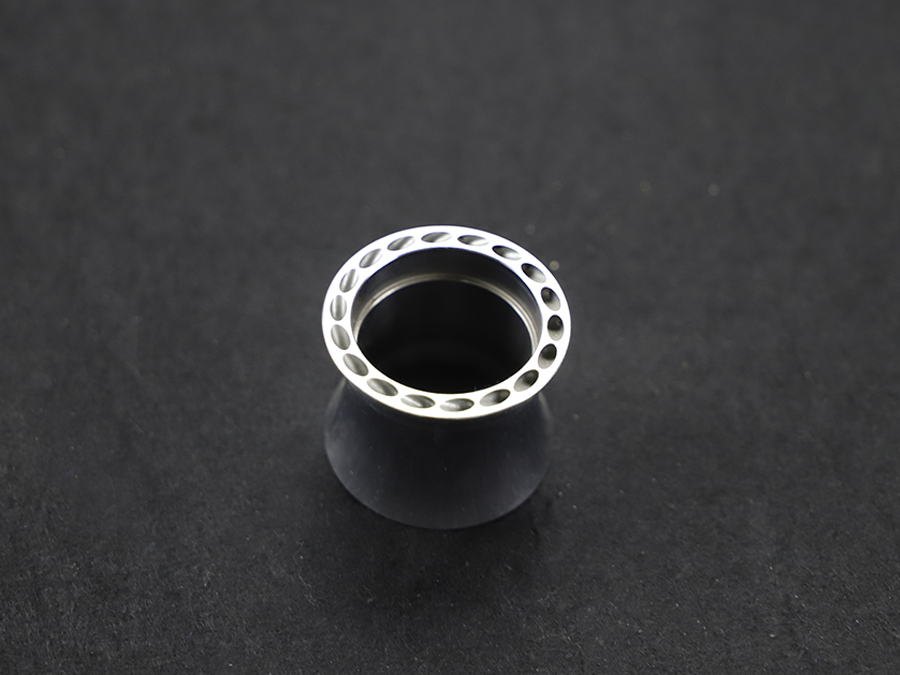
(1) Process assembly principle
The cnc processing process collection principle means that the number of processes is included in the process, so that the total number of processes is reduced. The cnc machining process collection principle is applied to workpiece machining on high-efficiency special equipment and CNC machine tools. The advantages of using the process collection principle are: increasing production efficiency; reducing the number of processes, reducing the process route, simplifying the production planning and production organization; reducing the basic number, manipulating the number of workers and the floor space; reducing the number of workpieces to be clamped, not only to ensure The mutual positional accuracy between the machined surfaces is reduced, and the number of clamps and the auxiliary time for clamping the workpiece are reduced. However, cnc processing equipment and industrial equipment investment is large, adjustment and maintenance comparison is difficult, and the production planning cycle is long, which is not conducive to conversion.
(2) cnc processing process distribution principle
The process distribution is performed by distributing the processing of the workpiece in a large number of cnc processing steps, and the processing content of each process is small. The principle of cnc processing process distribution is applied to processing equipment and process equipment with simple structure. The advantage of using the process distribution principle is that the processing equipment and process equipment are simple to operate, easy to adjust and maintain, and easy to change production; it is beneficial to select the correct cutting amount and reduce maneuver time. However, the process route is long, the floor space is large, the number of equipment and workers required is large, and the processing accuracy is greatly affected by the skill level of the operating staff.

